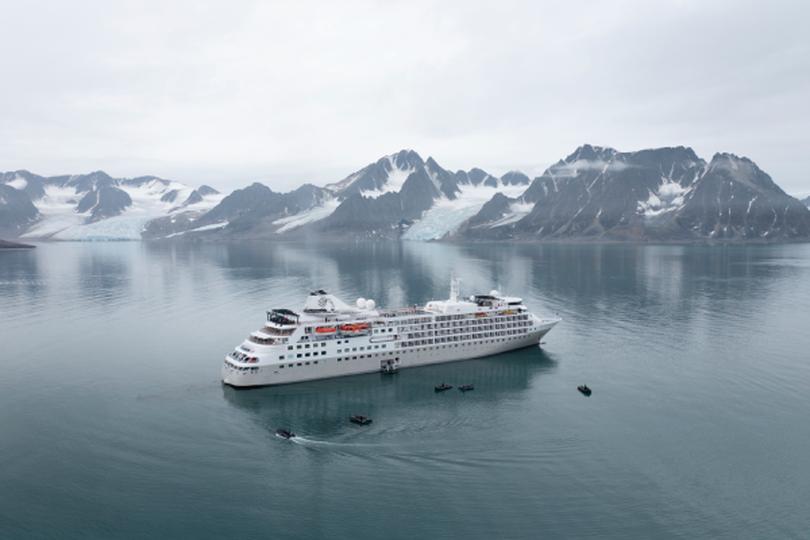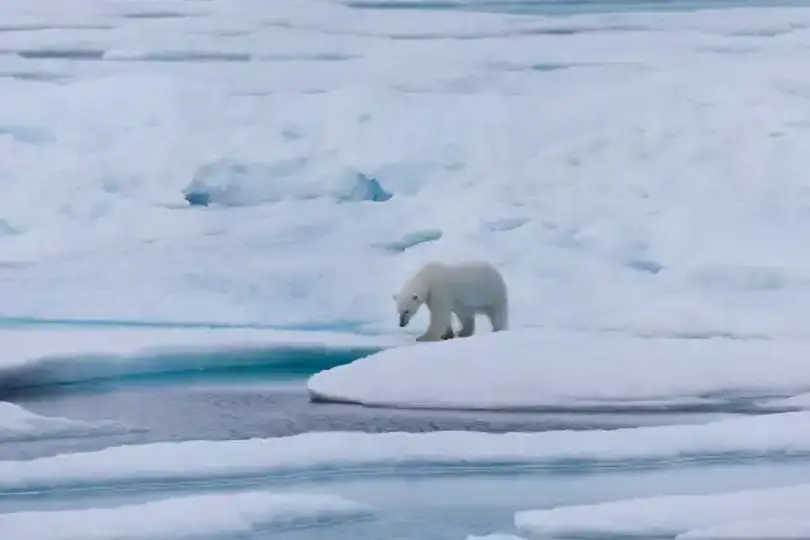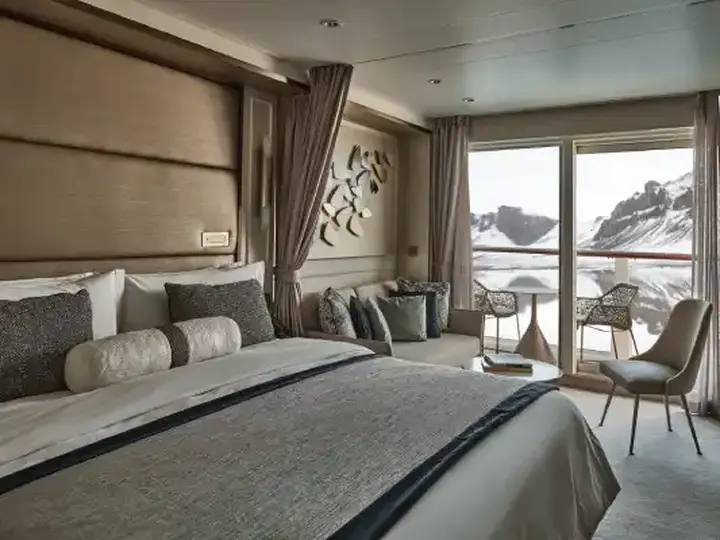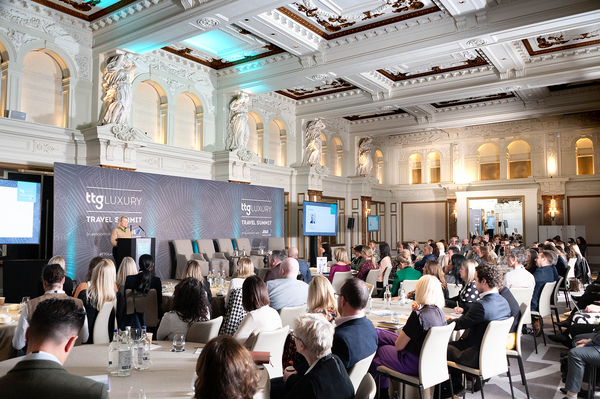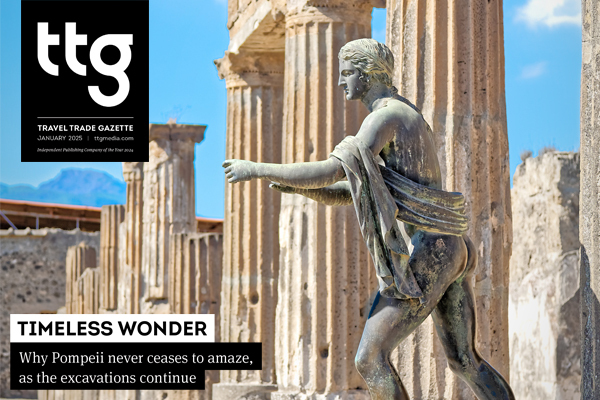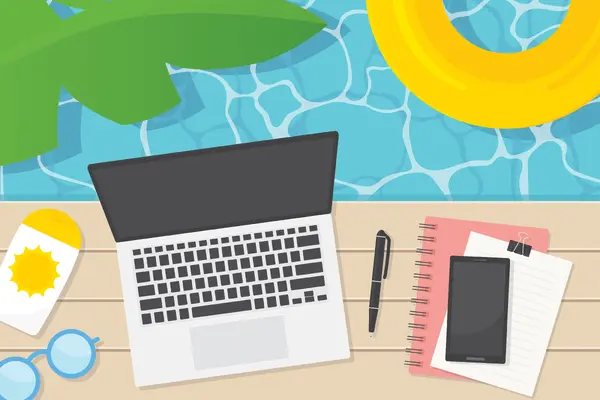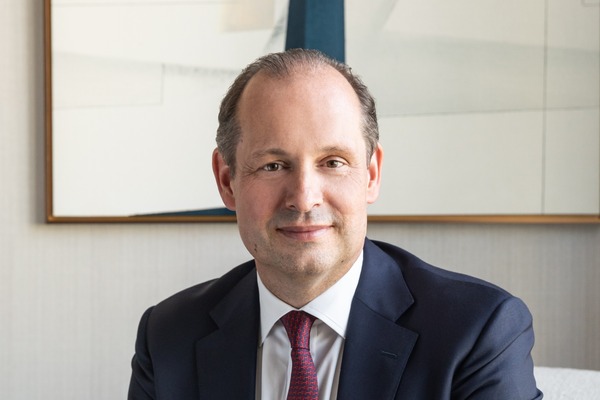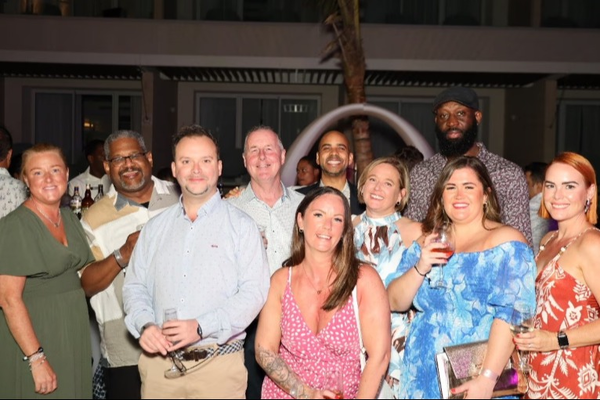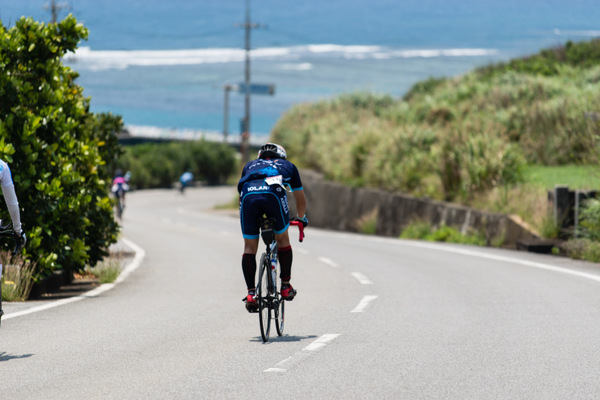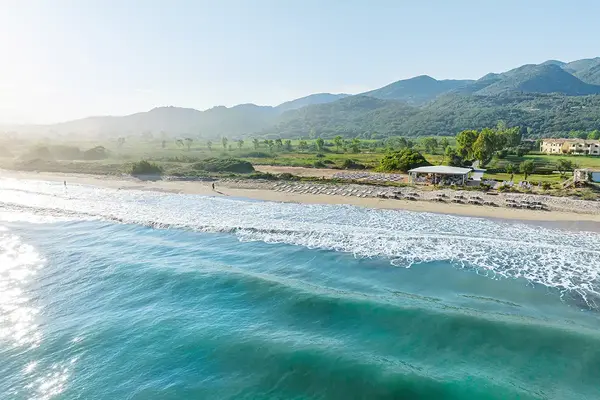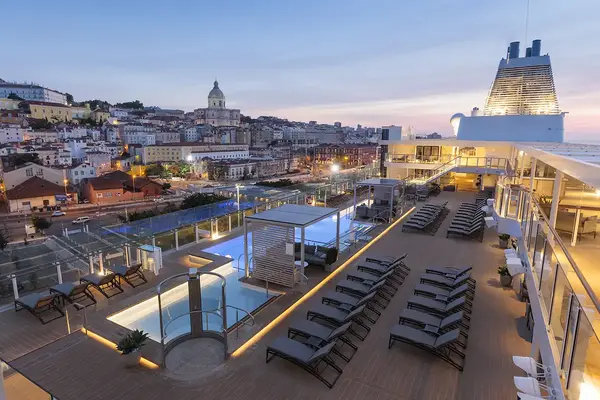Antarctica or the Arctic? Silversea boss on why they're poles apart
As Silversea celebrates its 17th season of sailing to remote polar destinations, the line’s chief planner of expedition programming shares the key differences between its Antarctica and Arctic offerings.
The cruise line has been taking passengers to Antarctica and the Arctic for over 15 years, and today, is widely regarded as one of the world’s leading operators in luxury expedition travel.
But as interest continues to grow in this unique style of cruising, Conrad Combrink, Silversea’s senior vice president of expeditions, is keen to emphasise to agents that voyages to the polar regions are poles apart – both literally and figuratively.
“You cannot get two more different places,” he tells TTG Luxury. “First and foremost, Antarctica is a continent surrounded by water, whereas the Arctic is an ocean, surrounded by continents – it’s completely inverted.” He adds that while Antarctica “belongs to nobody”, its northern counterpart has land in a total of eight countries.
“The Arctic is sliced up between the US, Canada, Greenland, Iceland, Finland, Norway, Sweden, Russia. There’s a ton of people involved, so it’s very political.”
Silversea has been sailing to both Antarctica and the Arctic since 2008, and was also the first luxury cruise operator to take clients to the remote regions. It currently offers 37 itineraries to more than 110 destinations in the Arctic, while its Antarctica product range spans 38 voyages in 14 destinations.
“You cannot get two more different places”
Combrink says the most popular Antarctica option is its 10-day cruise departing from Chile, as it allows guests to complete a bucket-list trip within two weeks.
Passengers begin their adventure at Puerto Williams, from where they will take the two-day voyage through the Drake Passage and the Antarctica Sound. They will then head to the Antarctica Peninsula for three days, before going north-west to explore the South Shetland Islands.
Guests can also choose one of Silversea’s longer 15- or 18-day Antarctica itineraries, which include additional stops in the Falkland Islands and South Georgia.
Arctic cruises meanwhile sail to a far wider range of destinations in the region, Combrink says, with stops in multiple ports across Iceland, Canada and Alaska. Its most in-demand northern pole cruises, however, tend to be its Arctic and Greenland voyages on Silver Endeavour, which explore Svalbard, Greenland, and the Canadian Arctic.
A matter of distance
For UK travellers, the main difference between a Silversea cruise to the Arctic and to Antarctica is, perhaps obviously, the distance.
While it’s possible to fly to Iceland from the UK in less than three hours, visiting Antarctica means flying to Chile or Argentina and then sailing through the Drake Passage for two days to reach the southern continent.
For those who want to skip the ship though, Silversea offers its ’Antarctica Bridge’ option, which flies passengers on a private business class flight from Punta Arenas in Chile straight to King George Island.
Wildlife spotting
Another major difference between the two destinations is the type and quantity of the flora and fauna, Combrink says.
While the Arctic is home to more than 21,000 species of cold-adapted mammals, in comparison the Great White Continent’s extremely harsh conditions are endured by less than 12,000.
“The Arctic offers a larger variety of wildlife, and it is completely different to that of Antarctica,” he adds. “You’ll hopefully see polar bears and walrus in the Arctic, whereas, of course, there are millions of penguins in Antarctica.”
Cultural connections
Another of the main differences between travelling to Antarctica and the Arctic is their population – or lack of. While scientific bases exist in Antarctica, there is no permanent settled inhabitation. On the contrary, the Arctic is home to approximately four million people.
“In the Arctic, you have history and inhabited places, so there’s that chance to build cultural connections,” explains Combrink. “For example, you have the settled community in the south of Greenland, where we usually have a local tour company guiding us on small group walks.”
Talking operations
“It’s surprisingly not easy to plan itineraries in the Arctic,” says Combrink. “If your focus is just to go to ports, it is easy. But on expedition travel, we don’t focus on inhabited ports.
“There’s multiple layers of permitting – just to operate one voyage in Canada, we have to apply for about 50 permits, whereas in Antarctica, it’s one permit.
“Another huge difference, for us, is the vastness of the Arctic. You’ve got Svalbard, Greenland, the Canadian Arctic, and we position ships in all of these areas, whereas in Antarctica, it’s a small geographic area we visit.”
Back to basics
While guests can expect outdoor activities such as kayaking and hiking, Combrink insists that Silversea’s itineraries are not trying to appeal to adrenaline junkies.
“We’re a traditional company when it comes to expeditions and we’ve taken the approach of going back to basics,” he explains. “Our company vision is: nothing stands between you and the beauty of the world. We don’t believe in things like helicopters, submarines, ice climbing, or camping overnight on the ice as part of our cruises.”
Instead, Silversea says it chooses to invest in staff, to ensure passengers get the most out of the experience and return from the voyage feeling “enriched” and prides itself on the variation in the expertise of its expedition team, from historians to geologists; glaciologists to scientists.
“We deliver experiences for how it was offered in the beginning, using our zodiac tours. We believe that, for our product, we have the best expedition team for our programme. For us, they are the key to unlocking the experience,” says Combrink.
“We also believe we have the best ratio of zodiacs to guests, and the best ratio of expedition team members to guests, which is about 1:10. We get you onshore more frequently, for longer. That’s the magic.”
Returning to the Kimpton Fitzroy, London
Agents and partners get to talk business together during one-to-one morning meetings at Luxpo, before diving into the latest luxury, travel and consumer trends in our half-day conference, the TTG Luxury Travel Summit.
Luxpo is free to attend for agents – apply for a place here
Final tickets are available for the Summit – get yours here
Sign up for weekday travel news and analysis straight to your inbox

Emma Dooney
Supplier Directory
Find contacts for 260+ travel suppliers. Type name, company or destination.
